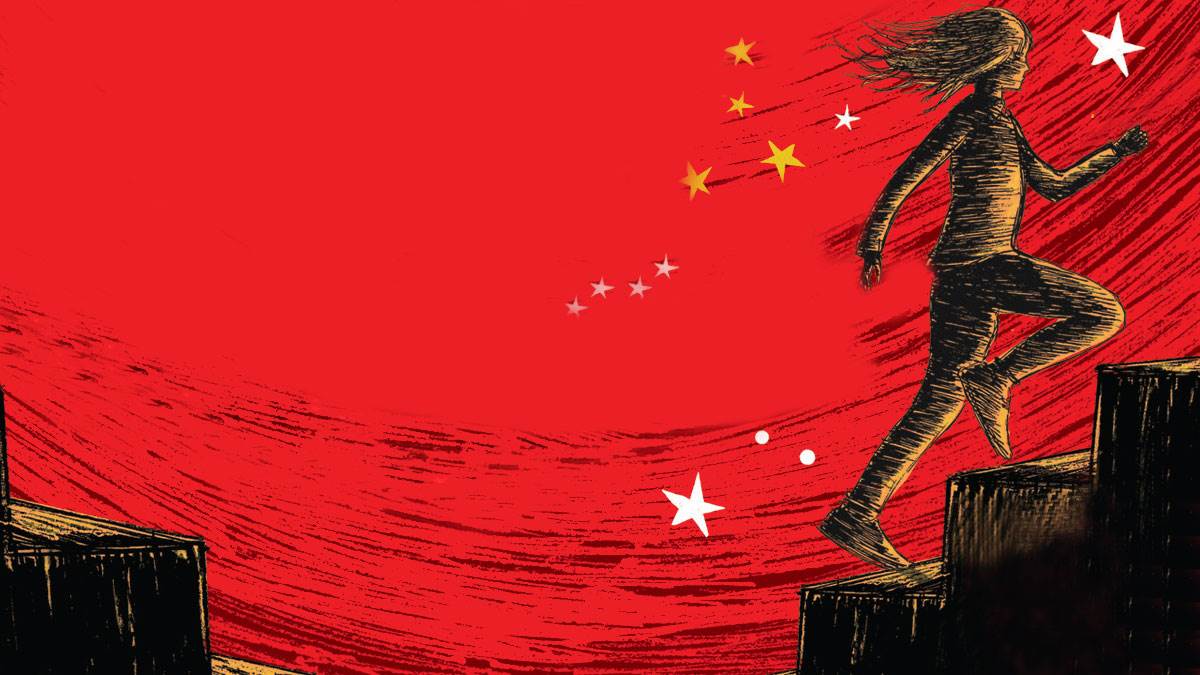Bookfinder
Find your next book
Use the Bookfinder to find the perfect book for you, your family and friends.
Themed booklists
Find a great book for your child
Looking for the best book for a 5-year-old? Trying to find something great to read out loud? We may well have the answer – just see for yourself.
Competitions
Win great prizes
Cross your fingers and try your luck in our competitions, giving you the chance to win book bundles and other brilliant prizes.









Add a comment